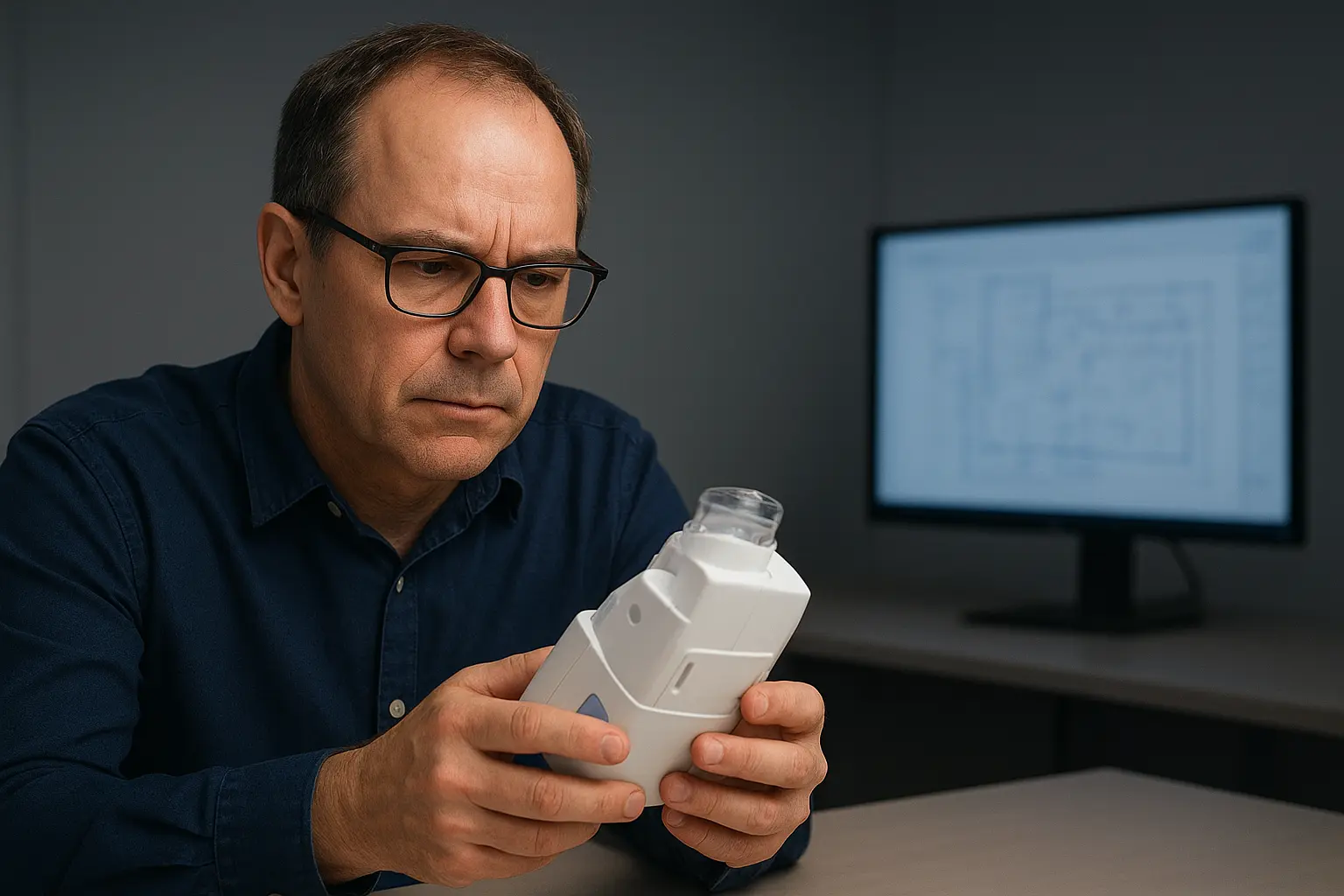

Introduction
In the era of battery-powered devices, from wearable medical devices to industrial IoT sensors, battery life is the deciding factor for product success. At ITR, we believe that superior energy efficiency doesn't come from a single trick, but is the result of a holistic design philosophy, optimizing synchronously across three pillars:
- Hardware: Selecting and mastering the microcontroller (MCU).
- Software & Architecture: Using an RTOS and smart programming methods.
- Sensors & Wireless Protocols: Acquiring and transmitting data efficiently.
Hardware Platform Optimization (MCU)
The MCU is the brain and often the main power-consuming component. Selecting and mastering it is the most critical first step.
"Race-to-Sleep" Strategy
Instead of choosing the MCU with the lowest active current, we apply the "Race-to-Sleep" strategy. The principle is to use a processor core powerful enough to complete tasks as quickly as possible, then promptly return to a deep sleep state. The total energy consumption (E=P×t) will be lower due to the significant reduction in active time (t).
For example, a more powerful Cortex-M4 MCU might complete a signal processing task in 10ms, while a lower-power Cortex-M0+ needs 100ms. Although the M4's active power is higher, its 10x shorter active time makes it more energy-efficient over the entire cycle.
Mastering Power Modes
Every modern MCU offers multiple power modes. The core trade-off is: the deeper the sleep mode, the more energy saved, but the longer the wake-up time.
- Run Mode: Normal operation, consumes the most power.
- Sleep Mode: The CPU is stopped, but memory and peripherals remain active. Wake-up is almost instantaneous.
- Deep Sleep / Stop Mode: Most components are powered down. This provides maximum energy savings but with a longer wake-up time.
The role of an ITR engineer is to analyze the application's latency requirements and select the deepest possible sleep mode.
Foundational Techniques: Clock Gating and Power Gating
Power modes are realized at the silicon level through two techniques:
- Clock Gating (Sleep Mode): Disables the clock to inactive logic blocks to reduce dynamic power.
- Power Gating (Deep Sleep Mode): Completely cuts off the power supply to logic blocks to reduce leakage power. This is the key to achieving microampere-level consumption.
Software & Architecture Optimization
The most efficient hardware becomes wasteful if controlled by unoptimized software.
Using an RTOS with Tickless Idle
A traditional RTOS uses a "system tick" that constantly wakes the CPU, preventing deep sleep. Tickless Idle is the solution: it stops the tick, uses a low-power timer to set a single future interrupt, and allows the MCU to deep sleep during idle periods.
Event-Driven Architecture
An event-driven architecture is the philosophy that allows the system to default to a sleep state and only wake up for events (interrupts from buttons, timers, DMA...), instead of using wasteful polling loops.
Peripheral Power Management
The CPU is often active for only a fraction of the time. Peripherals (UART, SPI, ADC, sensors) become the main power consumers. An efficient system must be able to power down or put them in low-power modes when not in use.
Sensor & Wireless Protocol Optimization
How a device senses and communicates with the environment has a massive impact on battery life.
Smart Data Acquisition
Principle: wireless data transmission is one of the most power-hungry operations. Therefore, the strategy is to minimize the amount of data to be transmitted.
- Duty Cycling & Adaptive Sampling: Wake the sensor cyclically or adjust the sampling rate based on context to avoid collecting redundant data.
- On-Device Processing / TinyML: Analyze raw data on the MCU with compact machine learning models and only transmit meaningful results (e.g., "Fall detected"). This can reduce data volume by hundreds or thousands of times.
Wireless Protocol Tuning & Selection
- Protocol Tuning (e.g., BLE): Optimizing parameters like Advertising Interval, Connection Interval, and especially Slave Latency (allowing a device to skip connection events if it has no new data) can save significant energy.
- Choosing the Right Technology: No protocol is best for all applications. BLE is ideal for short-range applications interacting with smartphones. Meanwhile, LoRaWAN excels in applications requiring very long range and low data rates.
Conclusion: ITR's Holistic Approach
Maximizing battery life is a comprehensive design process, combining smart hardware, efficient software, and a minimalist data strategy. This is the philosophy and capability of ITR: we engineer energy-efficient systems from first principles, ensuring every decision contributes to the ultimate goal of superior battery life.
Whether you are developing the next-generation wearable medical device or deploying thousands of industrial sensors, achieving multi-year battery life is entirely possible. Contact the experts at ITR to start engineering your solution.





%20(1).png)